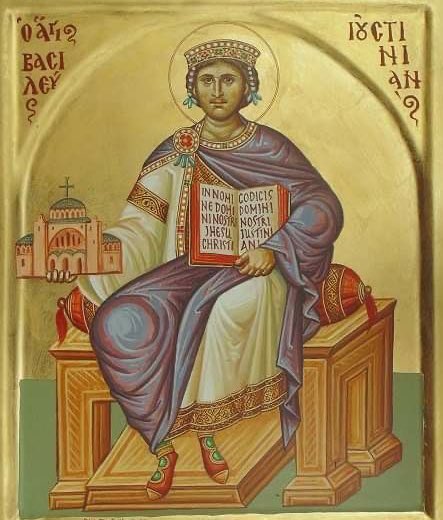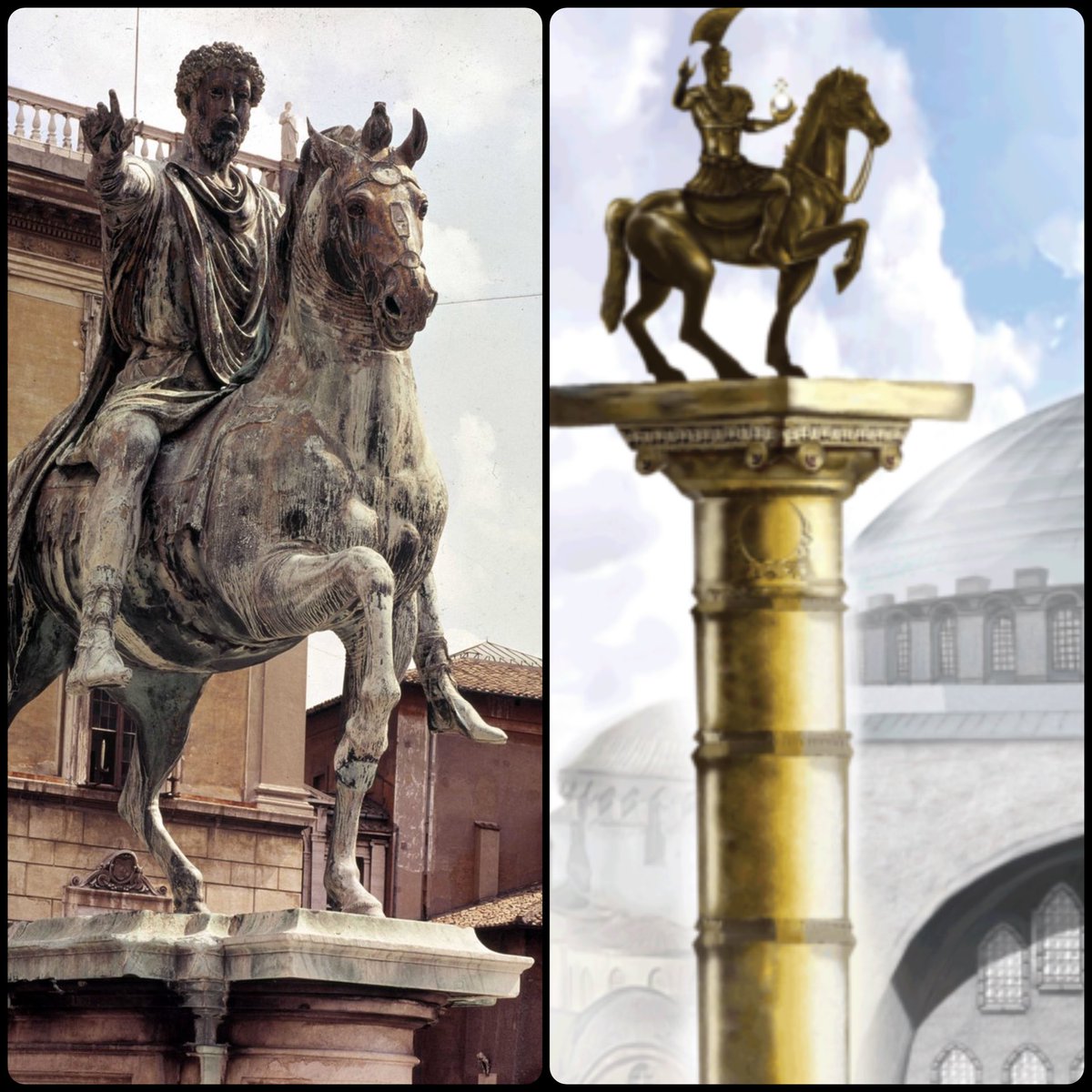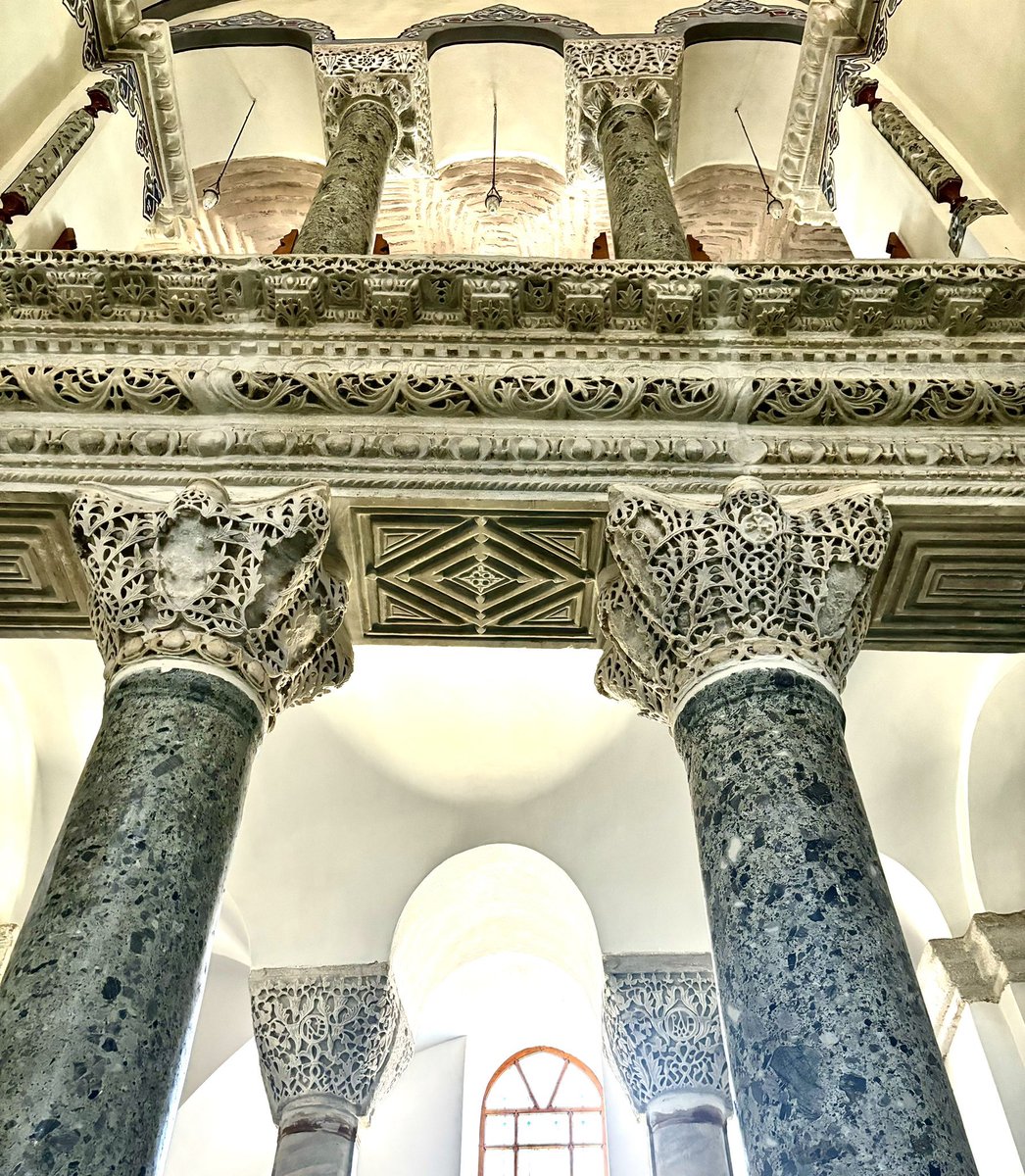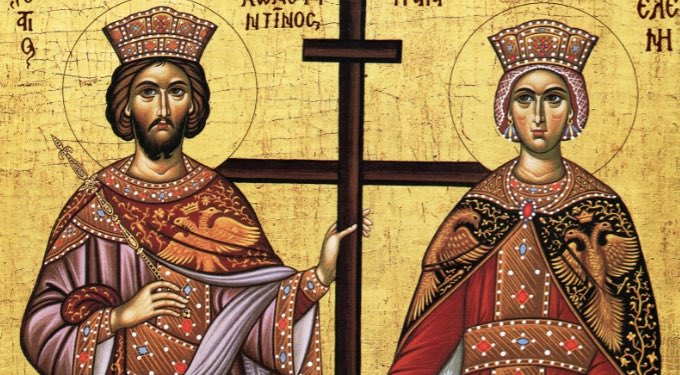Hagia Sophia was “famously completed in just 5 years and 10 months…a lightning-fast project compared with the speed of construction of other monumental churches, such as Notre Dame de Paris, which took almost 200 years.”
It became “likely the largest building in the world.” 🧵
It became “likely the largest building in the world.” 🧵

“In contemporary praise Justinian had surpassed every ruler, for he built ‘a universal temple for all the nations of the earth.’”
To this day his legacy is quite enhanced by the building, even if it no longer performs its original intended function.
To this day his legacy is quite enhanced by the building, even if it no longer performs its original intended function.

“Built audaciously by Justinian as a statement of his power, it towered over contemporary beholders, fascinated travelers to Constantinople, and became legendary in distant places. It gained a reputation as a place where heaven and earth meet” 

“Smaller-scale namesakes were erected for centuries in the Orthodox world.” Examples are the Hagia Sophia in Kiev/Kyiv
There are also others in the Eastern Roman world in places like Nicaea, Trebizond, and Thessaloniki.
There are also others in the Eastern Roman world in places like Nicaea, Trebizond, and Thessaloniki.

“Even during Byzantium’s last, impoverished decades, together with Justinian’s column it was assiduously restored and maintained.” 

It became a nexus of political and spiritual life in the City.
The “Hagia Sophia quickly came to dominate religious and imperial life in Constantinople. Though built as the patriarchal church, it was the nodal space of religious ceremonials and imperial processions.”
The “Hagia Sophia quickly came to dominate religious and imperial life in Constantinople. Though built as the patriarchal church, it was the nodal space of religious ceremonials and imperial processions.”

“Hagia Sophia became the place of imperial coronations in 641 (beginning with Constans II). It served as the grand stage for contestation of power between patriarchs and emperors…” 

“Hagia Sophia also served as the place of asylum for criminals and fugitives; concomitantly it was the place of judicial proceedings, where trials of murderers who sought refuge within its walls were carried out.” 

“A description of Hagia Sophia is an exercise in superlatives for observers across the centuries. Most Byzantinists would agree that it is the single most important extant building of the Byzantine civilization.” 

• • •
Missing some Tweet in this thread? You can try to
force a refresh






















